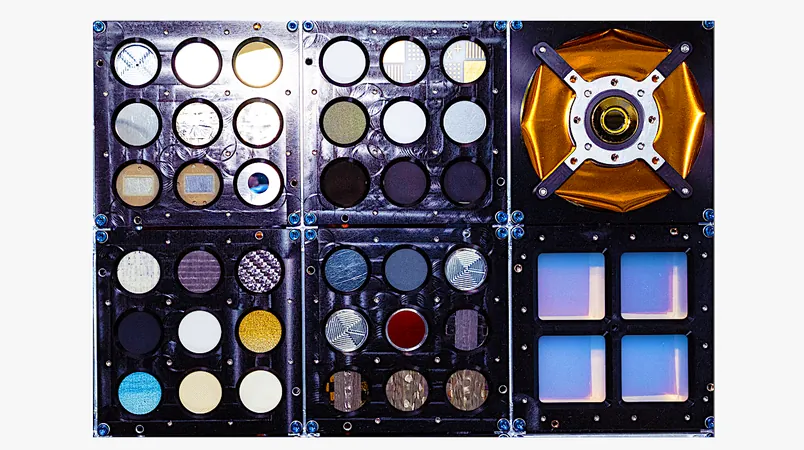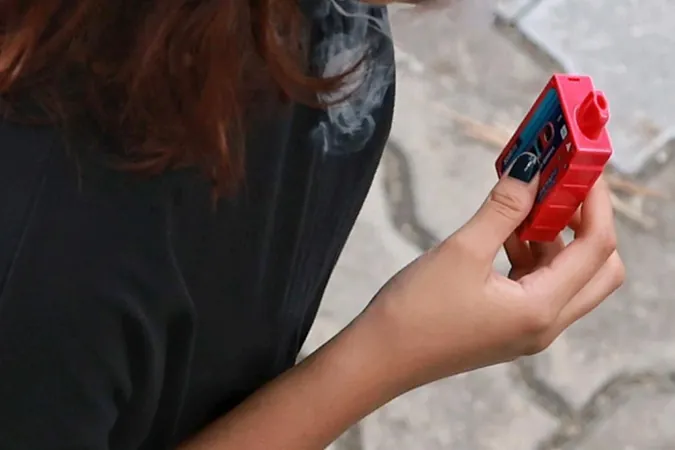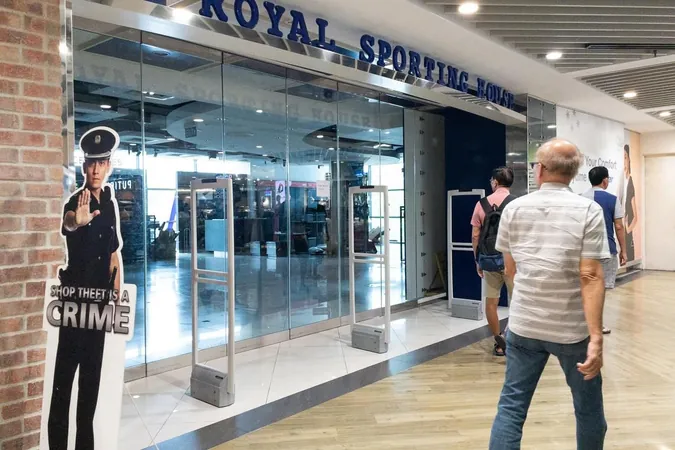
Euro Material Ageing Experiment: Testing the Limits of Materials in Space
2025-01-13
Author: Nur
Introduction
In the unforgiving realm of outer space, nothing remains untouched. Materials—from the structural components of spacecraft to the delicate instruments we launch—experience accelerated degradation due to extreme conditions. To gain insights into this phenomenon, the European Space Agency (ESA) has initiated the Euro Material Ageing experiment, subjecting up to 141 samples to a rigorous six-month exposure beyond Earth’s protective atmosphere.
Significance of the Experiment
Why does this matter? Every component of our spacecraft faces the harsh realities of space, which include high levels of radiation, a vacuum void of air, severe temperature fluctuations, and potential damage from space debris. Specifically designed to measure real-time material performance, these samples have been placed on Bartolomeo, Europe’s dedicated research platform outside the International Space Station (ISS), without any protective measures—each bare surface is merely 20 millimeters wide and sandwiched between two aluminum plates.
Diverse Sample Selection
The samples represent a variety of innovative materials, including metallic glasses, ceramic composites, silicon, diamond-like carbon, carbon fibers, and various plastics. This diverse selection is crucial for understanding how both organic and inorganic materials react under the unique conditions of space. ESA collaborated with the French space agency CNES, gathering 45 samples from 15 leading research institutions across Europe for pre-launch testing in their labs.
Initiation of the Experiment
In December, NASA astronauts Sunita Williams and Nick Hague expertly maneuvered the 17-meter robotic arm on the ISS to install the Nanoracks airlock onto Bartolomeo, thus officially initiating the experiment. Nick Hague emphasized the significance of this research, stating on social media, “Materials research is critical to our exploration of space. Vacuum, extreme hot and cold, radiation—these are the harsh realities of the space environment. The right materials can help us survive in space and dare to go further, and can also improve life on Earth!”
Challenges in Space Conditions
The conditions on the Space Station are relentless. It experiences rapid shifts from sunlight to shade as it orbits Earth, causing temperature variations from sweltering 150°C in the sun to a blistering -150°C in the dark. Such extremes can lead to rapid ageing and potential failure of materials, manifesting as cracks, discoloration, or misalignment. Furthermore, these samples will be exposed to reactive atomic oxygen that can erode satellite surfaces and the phenomenon of outgassing in vacuum conditions, where chemicals gradually evaporate and can contaminate sensitive components.
Broader Implications
The scope of the Euro Material Ageing experiment is not merely academic; its findings could revolutionize materials science, leading to enhanced designs for fire-retardant and rust-resistant materials. The knowledge gained here might even translate to everyday applications, improving the quality and durability of materials found in homes and infrastructure on Earth.
Future Directions
The planned exposure for this experiment ranges from six months to a maximum of 18 months, after which the samples will be retrieved and analyzed back inside the ISS. Additionally, a new batch of materials is scheduled for its own daring voyage into the hostile condition of space in the future.
Conclusion
The implications of this research extend well beyond academia and spacecraft; the Euro Material Ageing experiment could redefine how we understand materials, resilience, and durability, not just in space exploration, but also improving everyday life back on Earth. Are we on the edge of a new material revolution? The results of this ongoing research may hold the answers!




 Brasil (PT)
Brasil (PT)
 Canada (EN)
Canada (EN)
 Chile (ES)
Chile (ES)
 Česko (CS)
Česko (CS)
 대한민국 (KO)
대한민국 (KO)
 España (ES)
España (ES)
 France (FR)
France (FR)
 Hong Kong (EN)
Hong Kong (EN)
 Italia (IT)
Italia (IT)
 日本 (JA)
日本 (JA)
 Magyarország (HU)
Magyarország (HU)
 Norge (NO)
Norge (NO)
 Polska (PL)
Polska (PL)
 Schweiz (DE)
Schweiz (DE)
 Singapore (EN)
Singapore (EN)
 Sverige (SV)
Sverige (SV)
 Suomi (FI)
Suomi (FI)
 Türkiye (TR)
Türkiye (TR)
 الإمارات العربية المتحدة (AR)
الإمارات العربية المتحدة (AR)